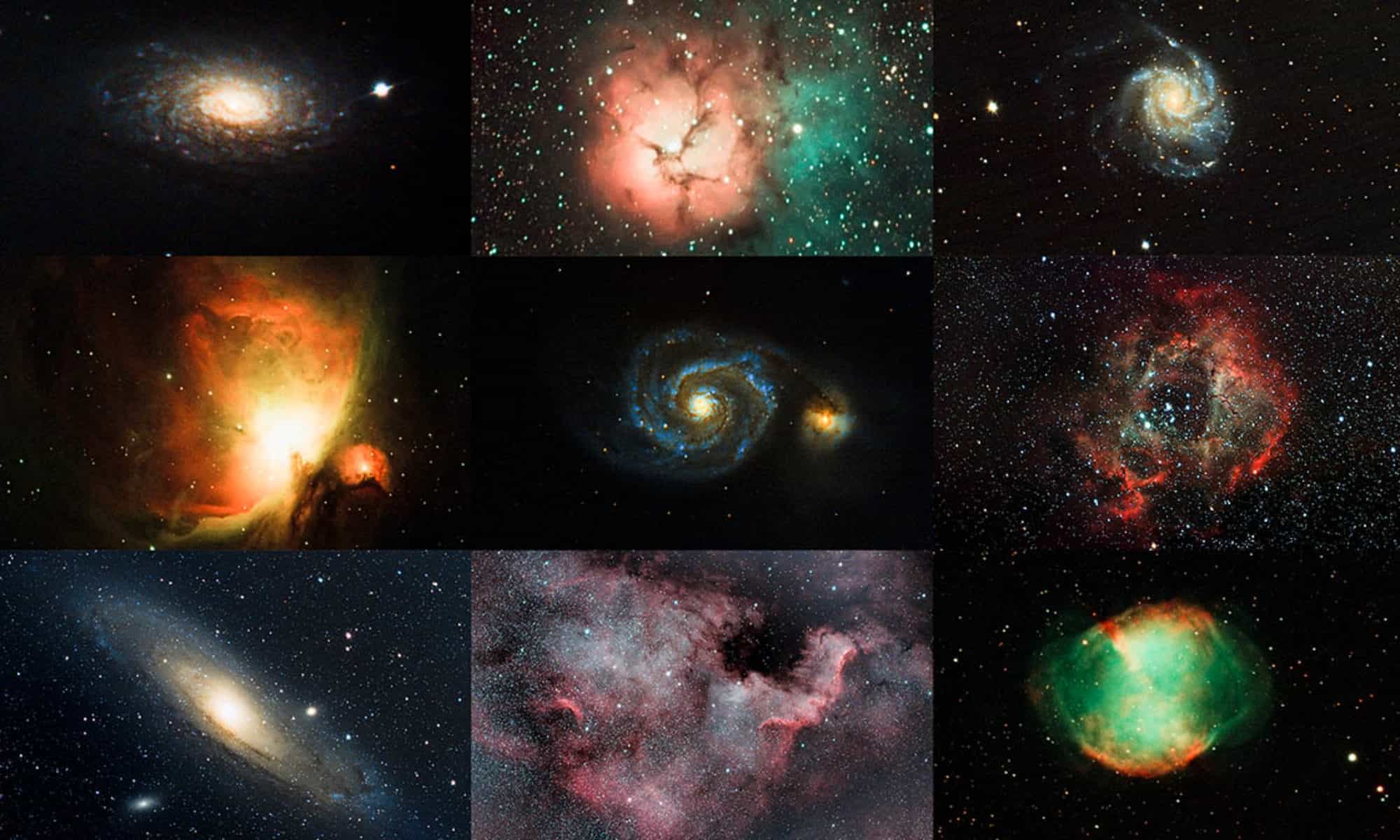In Shakespeare’s Romeo and Juliet, Juliet affirms that she would love Romeo just as much if he had a different name; “That which we call a rose by any other name would smell as sweet”. Surely this applies to Bode’s Nebula, a wonderful example of a spiral galaxy.
I had the rare treat of going to the library the other day and looking in a dictionary. I was looking for the etymology of the word “nebula”. The Oxford English Dictionary says the word is from Latin, meaning mist or vapor. Universe Today has a great article on Bode’s Nebula, where its discovery is discussed. In 1774, the German astronomer Johann Elert Bode described “two small nebulous patches” near Ursa Major. The French astronomer Charles Messier added these objects to his catalog as M 81 and M 82. The larger of these two objects, M 81, became known as Bode’s Nebula.
Over the next hundred years, advances in telescopes allowed thousands of deep sky objects to be discovered. These were cataloged in 1888 by the Danish astronomer Johan Ludvig Emil Dreyer. Still, most of these objects appeared as nebulous patches, and were therefore categorized as nebula. About this time, William Huggins, an English astronomer, determined that some nebulae were characterized by large amounts of gases, principally hydrogen, while other nebula were mostly large groups of stars. The objects in this latter group were called galaxies, after our own Milky Way. By the way, according to the Barnhart Dictionary of Etymology, the word galaxy has its root in ancient Latin and Greek and means milky. Chaucer, in his 1380 House of Fame, records that “galaxy” referred to the milky white band seen in the night sky. This became known as the Milky Way. It wasn’t until the mid-1800’s that it was discovered that the Milky Way was composed of billions of stars, and that ours wasn’t the only galaxy. Thus, the term “galaxy” changed from meaning the milky white object in the sky to a large organized group of stars.
We now know that Bode’s Nebula is in fact a spiral galaxy about 12 million light years distant. As the largest galaxy in the M 81 Galaxy Group, it contains over 250 billion stars and a supermassive black hole. Today, the deep sky object M 81 is often still referred to as Bode’s Nebula to honor Johann Bode and his “nebulous patches”. Whether you call it M 81, Bode’s Galaxy or Bode’s Nebula, it’s a beautiful wonder of the night sky, shining down on us from the Great Bear, Ursa Major.

